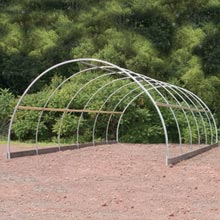

![]()
Using the PAIR-up Model to Evaluate Active Learning Spaces by Aimee L. Whiteside, Linda Jorn, Ann Hill Duin, and Steve Fitzgerald
A Case Study in Master Planning the Learning Landscape Hub Concepts for the University at Buffalo by Shirley Dugdale, Roger Torino, and Elliot Felix
Challenges in Technology Implementation for Learning Spaces in Higher Education by Bryan Lewis and Gerald Starsia
Creating Learning Spaces Through Collaboration: How One Library Refined Its Approach by Robert Fox and Crit Stuart
Virtual World Learning Spaces: Developing a Second Life Operating Room Simulation by Stephanie Gerald and David M. Antonacci
“Where Do You Learn?”: Tweeting to Inform Learning Space Development by Elizabeth J. Aspden and Louise P. Thorpe
Decision Theater by Angelo Fernando and Ricardo Leon
Learning Spaces: A Tutorial by Larry MacPhee
Collaborating with Users to Design Learning Spaces: Playing Nicely in the Sandbox by Barbara Weaver
Learning Spaces as a Strategic Priority By Gene George, Tom Erwin, and Briony Barnes
Collaborative Learning Spaces at Missouri University of Science and Technology by Angie Hammons and Lauren Brady Oswald
Uses of Labs and Learning Spacesby Clare van den Blink
Aligning Learning Space Design and Student Work: Research Implications for Design Processes and Elements by Andrea Lisa Nixon
Best Practices in Learning Space Design: Engaging Users by Phyllis T. H. Grummon






























